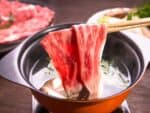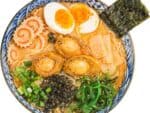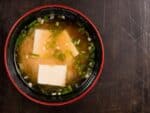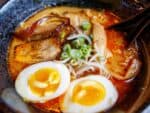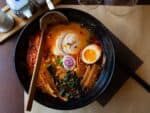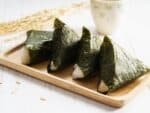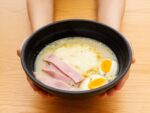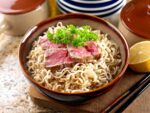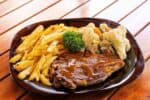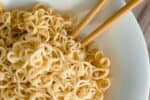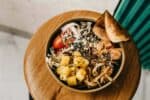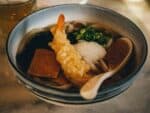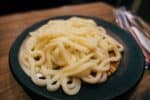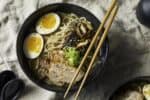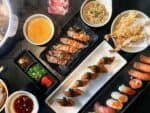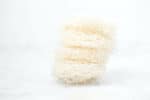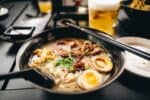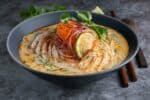Luxury beef has found its way onto menus in many restaurants around the world. It comes with a higher price tag and I’ll be telling you exactly why that is. The black truffle of the beef world, Wagyu looks, tastes, and feels great.
Wagyu is graded on two variables by the Japanese Meat Grading Association, it’s yield (how much meat you will get from the carcass) and it’s Beef Marble Score (the marbling and fat content). The more marbling Wagyu has, the more tender and flavorsome it is and is awarded a higher rating.
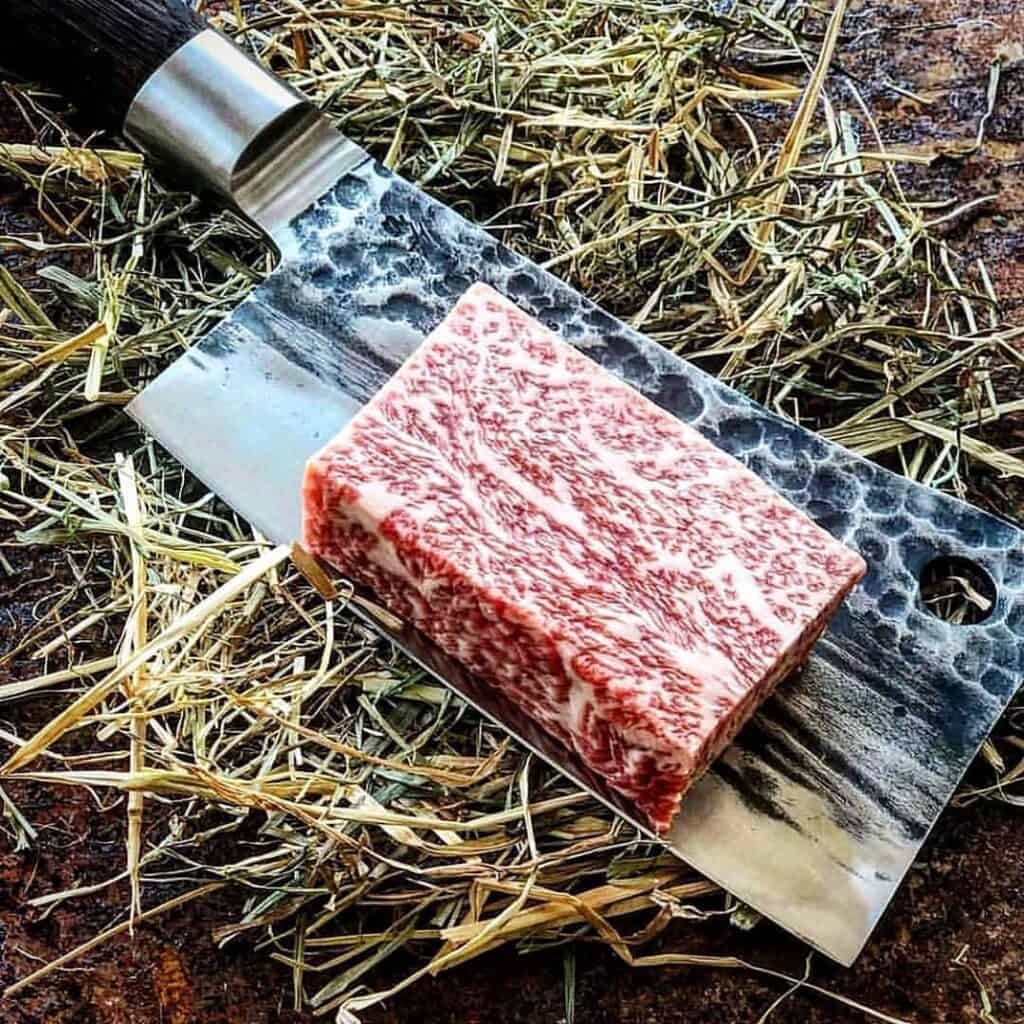

This is far from the full story however. Wagyu beef has a history as rich as its flavor. There are many different strains of Wagyu, from the world-famous Kobe beef to the Wagyu Olympics winner, Olive Wagyu. There’s so much more to know about what makes this meat so special.
Here’s my guide on how to: Get the Most Out of Your Wagyu.
A lot of people also wonder about eating wagyu raw.
So can you eat wagyu raw? Yes, you can eat wagyu raw. in Japan, Wagyu beef is often consumed completely raw. Wagyu beef has a distinctive, rich flavor that is only heightened when it is eaten without cooking.
What is the Highest Score Wagyu Can Achieve?
You don’t have to be a seasoned gourmand to appreciate how Wagyu differs from the beef you’d eat at home. However, there is still a big difference between good Wagyu and great Wagyu.
Wagyu, which literally translates to Japanese Cow, is a very specific set of cow breeds. In total 4 breeds of cow that could be considered Wagyu. The Japanese Black, Japanese Brown, Japanese Shorthorn, and Japanese Polled, the latter two of which are only available in Japan.
The JMGA checks between the 6th and 7th rib of the cow carcass to determine the fat content and marbling. The meat is then assigned a quality score (Beef Marble Score) between 3 and 12 and a grade of 1-5.
- Excellent: Score of 8-12
- Good: Score of 5-7
- Average: Score of 3-4
- Below average: Score of 2
- Poor: Score of 1
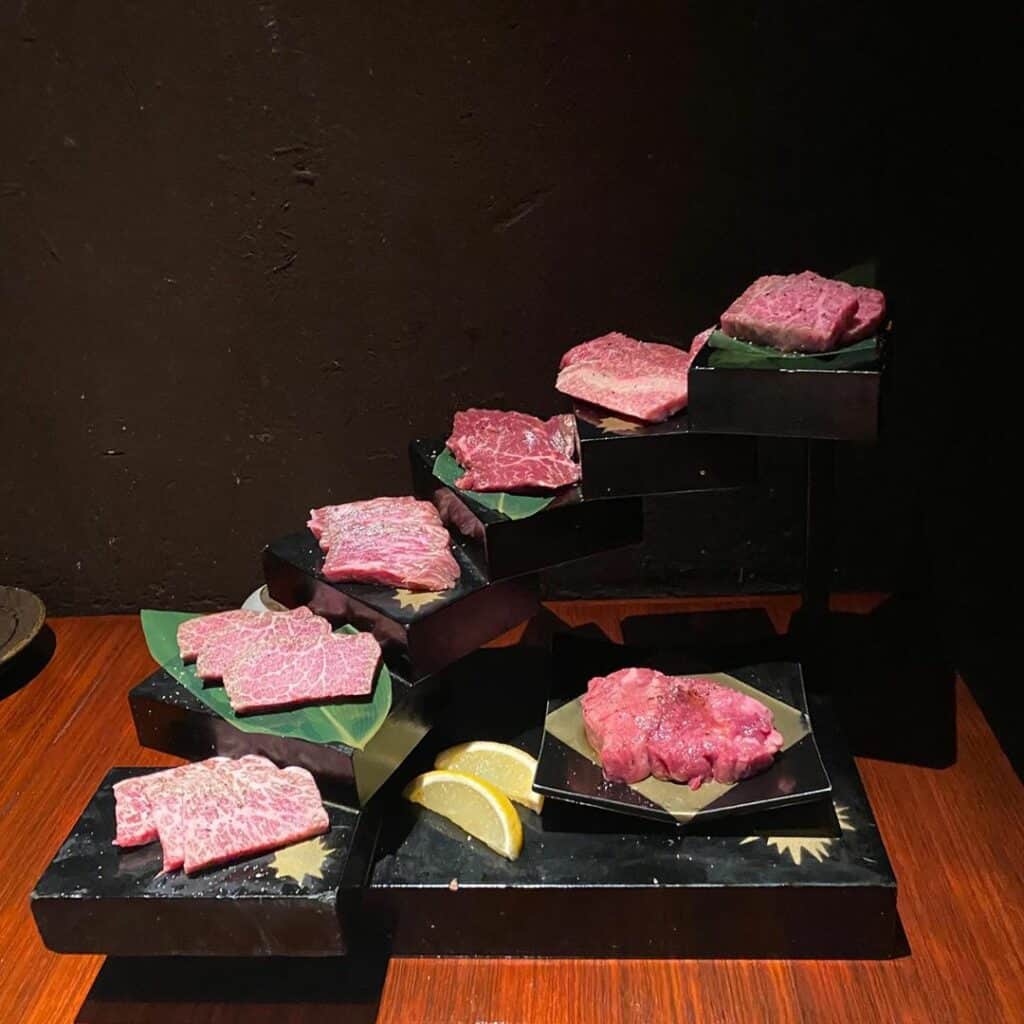
With regards to the yield, this is characterized by a letter, A, B, or C, with A being the highest. So the highest grade attainable by the JMGA would be A5. If you had a good BMS but a medium yield the grade would be B4.
There are over 300 brands of Wagyu available, many are exclusive to certain prefectures of Japan. Miyazaki, Kagoshima, and Kobe are among some of the highest-rated Wagyu.
Some types of Wagyu are extremely exclusive. For example, Olive Wagyu has around 2000 cows mature each year. It’s extremely hard to get in Japan, let alone abroad.
To make Wagyu more accessible in western markets cows were exported from Japan. Since then they have been crossbred for mass production.
What is American Wagyu?
The translation would work out to be American Japanese Cow, which sounds silly but that’s exactly what is. True Wagyu beef would demand a very hefty price. To bring the meat to a more mainstream consumer American Wagyu is crossbred.
In order to achieve this, one of two Japanese breeds (Black or Brown) is bred with the American Angus. This way it still retains the incredible marbling and a lot of the flavor but it can be mass-produced.
There is a sacrifice in quality by doing this but American Wagyu is still far and beyond a delicious kind of beef. Japanese Wagyu is very fatty and rich, it’s not something that can be enjoyed in abundance.
By mixing with the American Angus you’re able to deliver a quality steak that is slightly more muted in extravagance. You can enjoy a much larger portion size with a beefier flavor thanks to the Angus.
The U.S Department of Agriculture (USDA) is responsible for grading beef in the U.S. The values they grade against are yield, marble score, and age. The USDA grades consist of prime, choice, select, and a bunch of grades you don’t want to eat, Wagyu would be considered prime under almost all circumstances.
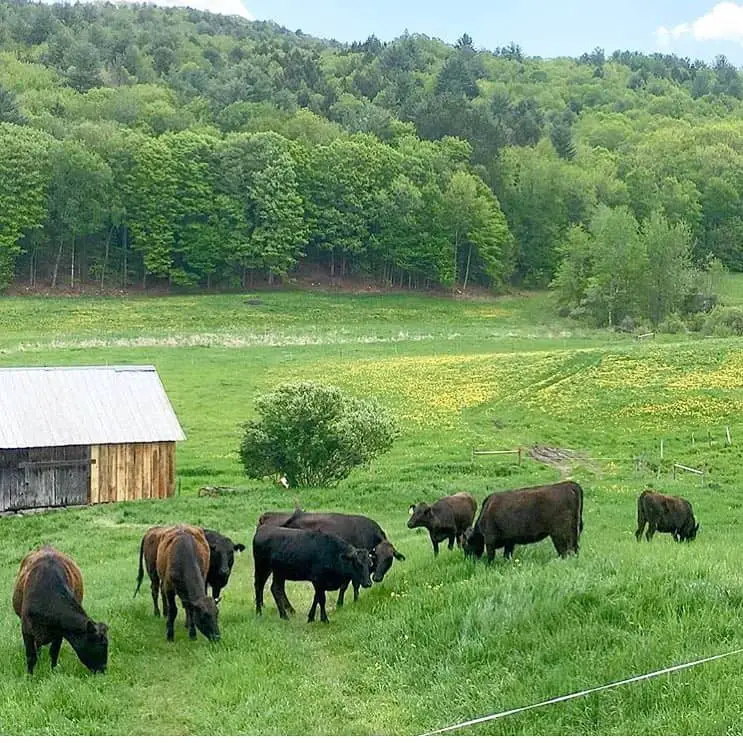
The Wagyu cattle were originally imported from Japan to America in 1975. Two Japanese Black and Two Japanese Red were imported by Morris Whitney.
By 1989 Japan started to reduce tariffs on imported beef. Seeing the opportunity, U.S producers needed a high-quality product to offer the Japanese market.
More Japanese Black and a few Brown were imported and it is these cattle that have influenced the U.S herd of Wagyu cattle.
Until 2003 most of America’s Wagyu produce was sold to Japan. Following the discovery of Bovine spongiform encephalopathy (mad cow disease) the import of beef from the U.S was stopped.
American Wagyu was and is still sold within the American domestic market. Due to its higher quality, chefs across the country choose to cook with American Wagyu.
Fine dining restaurants across the country will have Wagyu expertly prepared by gourmet chefs. Since this is one of the most delicious types of beef available in the world it’s an absolute must order.
Wagyu offers a unique smell and taste, the marbling of the meat gives you a deeper flavor and juicer cut. If you consider yourself a steak connoisseur then Wagyu should be on your to-eat list.
When the opportunity presents itself you should try the varying types and grades of Wagyu. Although, the price tag attached to purebred Wagyu or high-grade American Wagyu might sting a little.
Remember, A5 is the highest possible grade of Wagyu. However, the meat quality score can vary from 8 to 12. That’s the difference between a really good steak and a really really good steak.
Why is Wagyu Better Than Prime Beef?
Why does Wagyu fall apart in your mouth? How does it get so tender and marbled? Well, it’s a little bit of nature and a little bit of nurture.
The breed that gets exported most is the Japanese Black. Before the 20th century, this cow would be employed as a workhorse. What that means is it would be used to pull goods over long distances.
The Japanese Brown that was also exported outside of Japan was used in a similar manner.
As a response to this work, their bodies began to adapt. The work required a consistent and easily accessible source of energy. Their bodies began storing fat within the muscle tissue so that their energy supply was exactly where it needed to be.
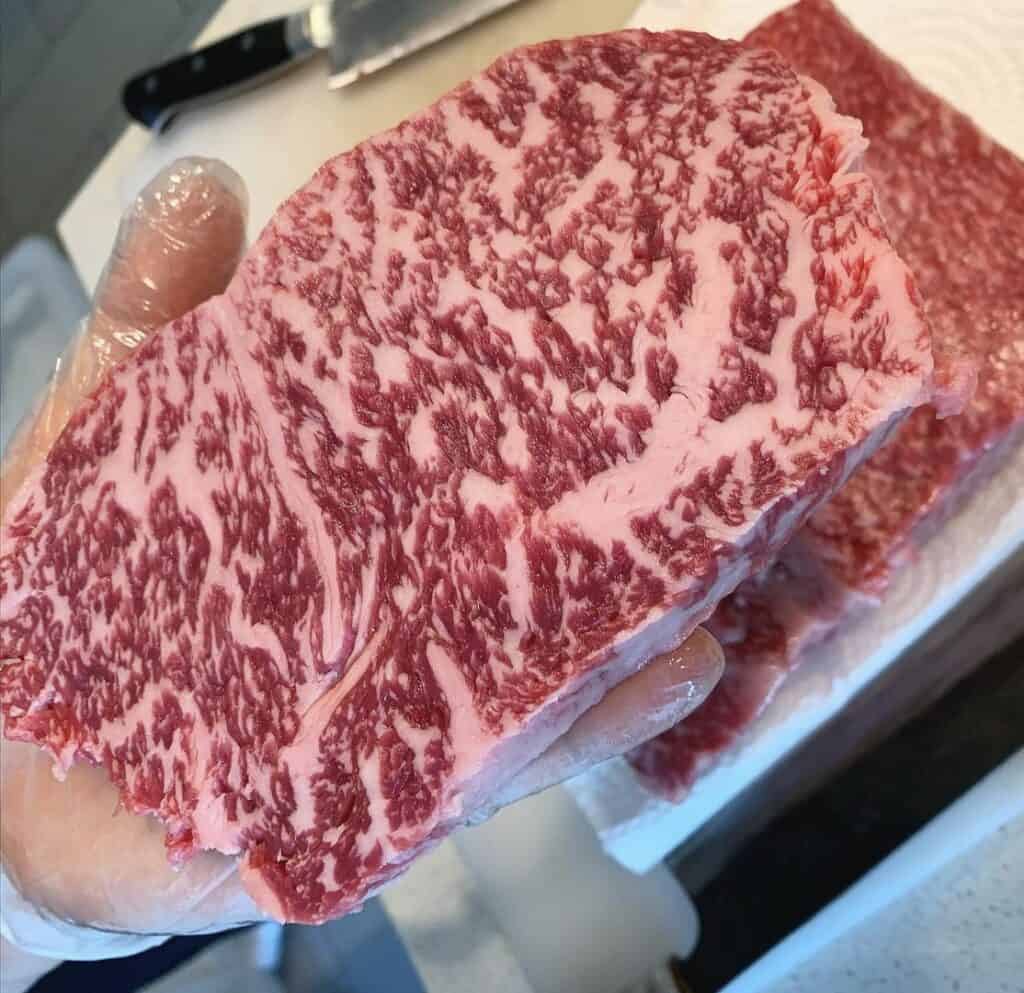
This is what causes the marbling and it’s called intramuscular fat. It’s this fat that makes Wagyu meat more tender and flavorsome. With less marbling, the meat becomes tougher.
Nature caused this higher level of marbling within the Japanese cows. As their bodies adapted and evolved to the needs their owners were demanding.
Nowadays cows aren’t really used for this sort of labor. In Japan, these types of cows are bred in relatively low numbers so there isn’t a massive amount of them.
Since their beef is so expensive the cows’ days are far better spent being fattened up and spoiled.
Wagyu cattle are subject to progeny testing which means only cows with the best genetics will be allowed to breed. This means that cattle farmers can ensure that Wagyu never dips in quality and will always be worth its price point.
It also means that the market can’t be saturated. By restricting how many cows can breed the farmers are in control of the population.
Nurture plays a very important role in raising Wagyu cattle. It’s thought that happier cows will produce more marbling throughout their meat. More marbling means tender meat and more flavor. So happier cows equates to more money.
As I mentioned before in America the Wagyu cows are crossbred with American Angus cows. American Angus is considered to be among the top line of cattle which makes it a great pairing.
In most cases, cattle would be raised on a pasture or a feedlot until they reach the desired weight. Somewhere around 1000lbs with some leeway. The time newborn calves would spend with their mom is around three to eight months.
The more time spent with the mom the better as cows can suffer from weaning stress.
For Wagyu cows, it is a little different. They get more time with their mom, after 12 months the calves would be sold and live out the remainder of their life on a small farm.
After the 12 months with Mom, they will be fed out for another 400 days. During this time a Wagyu calf would have an enjoyable life, at least compared with other cattle. To ensure higher quality of marbling the calves are treated well.
Is Wagyu Beef Good For You?
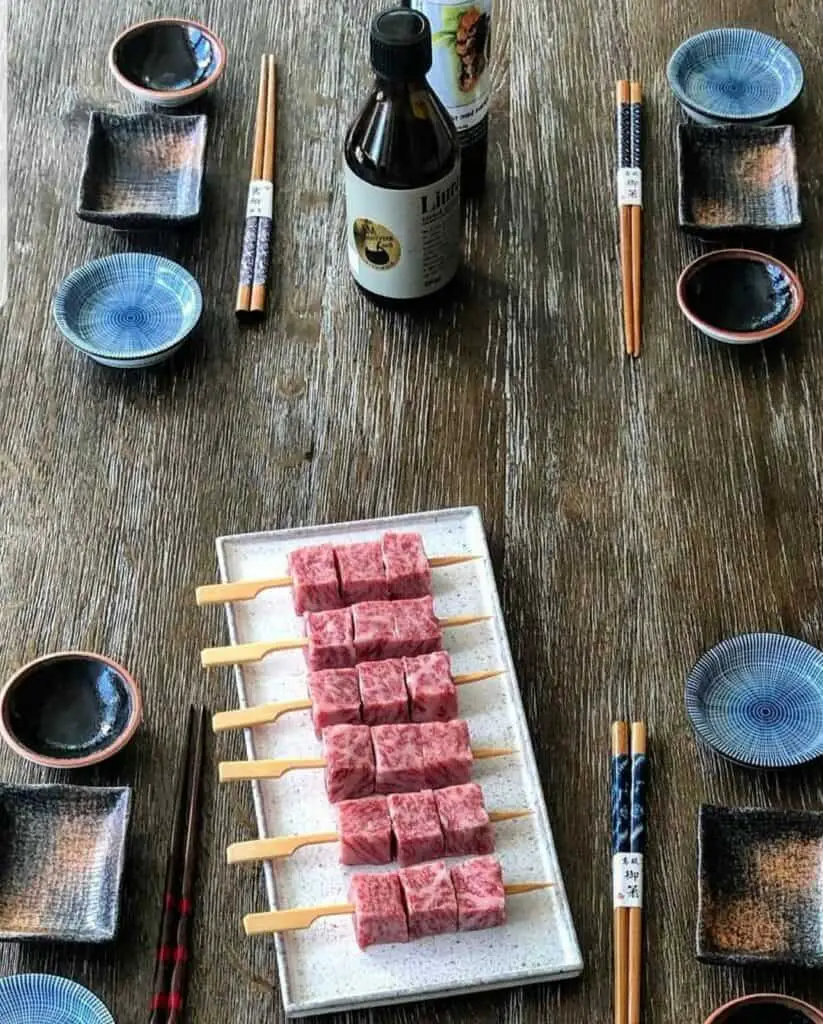
If you’ve tried Wagyu then you know that it’s good for you in the sense that it’s delicious. One of the finest steak experiences available to us.
How about for our health in general? Red meat is a tricky one because it’s thought to raise your cholesterol, chances of heart disease, and diabetes.
Red meat, however, does contain plenty of important nutrients including protein, iron, and vitamin B-12. As with all things in life, moderation is everything.
Wagyu isn’t just higher quality in taste and smell, it’s also better for you than a more standard cut of beef.
Within Wagyu, the mono-unsaturated fat percentage is higher than the saturated fat percentage found in other beef. Breaking down the saturated fat 40% is from stearic acid which is believed to have less effect in raising cholesterol levels.
Conjugated linoleic acid (CLA) is more abundant in Wagyu beef. Foodstuffs that have naturally higher CLA tend to have fewer negative health effects. Wagyu has the highest amount of CLA per gram, around 30% more than other types of beef.
So when you’re next at a restaurant deciding on what to have, consider Wagyu. Steak is amazing and by opting for Wagyu you can enjoy it with a little less guilt.
If you’re into exercise then Wagyu beef is an excellent choice. It helps to maintain muscle while burning fat due to increased oxygen intake.
Are Kobe Beef and Wagyu Beef the Same?
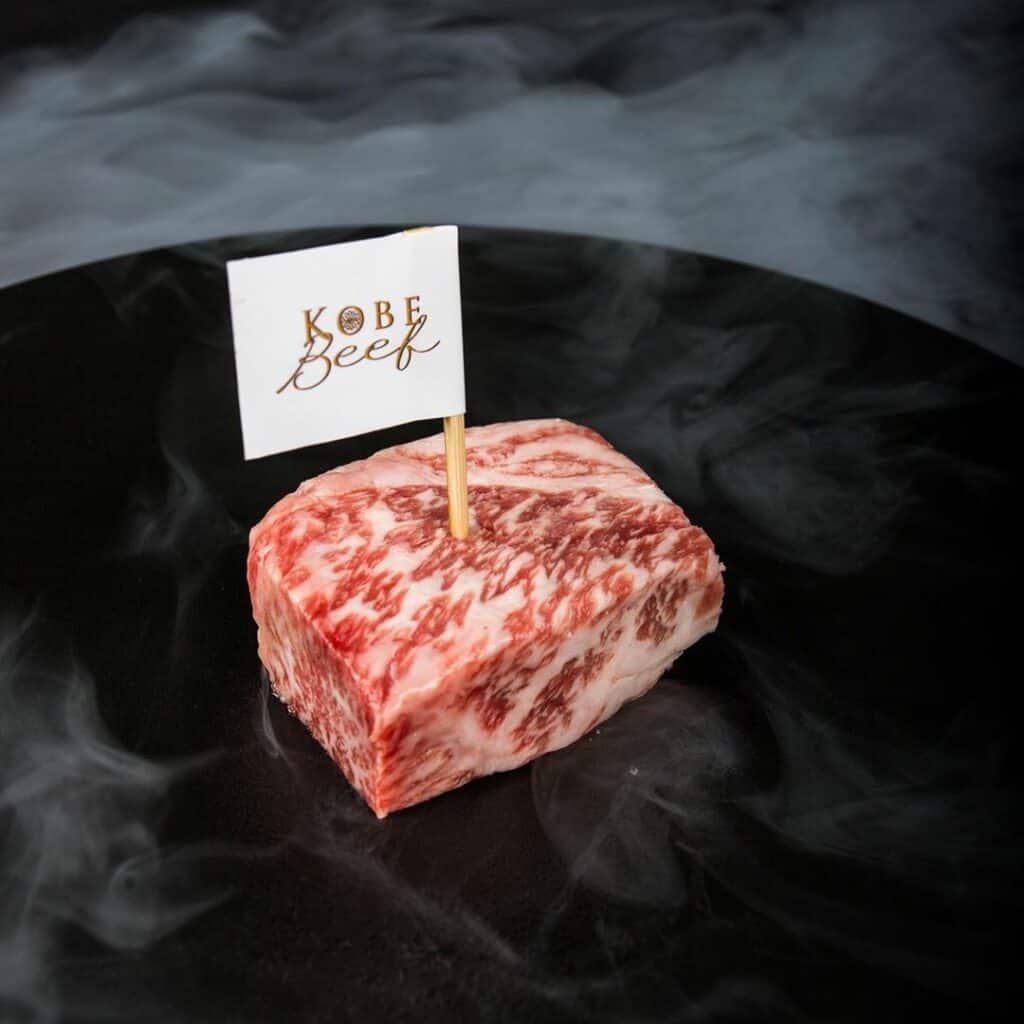
All Kobe beef is Wagyu, but not all Wagyu would be Kobe. That’s because Kobe beef is named for the very specific strain of cattle it comes from. This strain known as Tajima is a strain of Japanese Black.
These cows are only raised in the Hyōgo Prefecture area of Japan by approved cattle farmers. The Kobe Beef Marketing and Distribution Promotion Association is responsible for approval. Unless approved as Kobe beef, it can only be considered Wagyu.
Consider Champagne, many people refer to all sparkling wines as Champagne. Rather, only those bottled in the Champagne region of France can claim the title.
Kobe beef is considered as one of the three big brands of Wagyu. Alongside Matsusaka beef and Yonezawa beef, these three brands are known as Sandai Wagyu.
Of the three only Kobe beef has achieved overseas appeal. Kobe beef however has only been exported since 2012. As such a prestigious brand the cost to purchase Kobe beef is incredibly high.
However, it is worth noting that unless it is certified by the Kobe Beef Marketing and Distribution Promotion Association then it cannot be considered Kobe beef. An issue arises due to the lack of legal recognition of the Kobe beef trademark.
It would be wise to be sceptical of anything passing off as Kobe beef outside of Japan. Unless served at an extremely high-class restaurant that has imported from Japan, it may not technically be Kobe beef.
American attempts at replication have led to a Kobe-style beef that is darker and stronger tasting when compared to true Kobe beef. However, since the Tajima strain of Japanese Black has not been sold outside of Japan true replication will not be possible.
What’s the Best Wagyu On the Planet?
So I’ve already mentioned Kobe beef, Matsusaka beef, and Yonezawa beef but which one of them is the best? You’re only going to splash out one time for Wagyu and you want the best there is!
Well, it is… None of them. Believe me when I say all three brands are at the top of the game. Each one would likely be the finest beef experience you or I could imagine.
Yet there is another that takes the crown as the best of the best among Wagyu. It’s incredibly rare and very, very expensive, it’s called Olive Wagyu and it’s from Shodoshima, Japan.
Olive Wagyu has been the winner for the best tasting Wagyu in Japan at the Wagyu Olympics. This is an A5 grade Wagyu which means it is of the highest quality attainable.
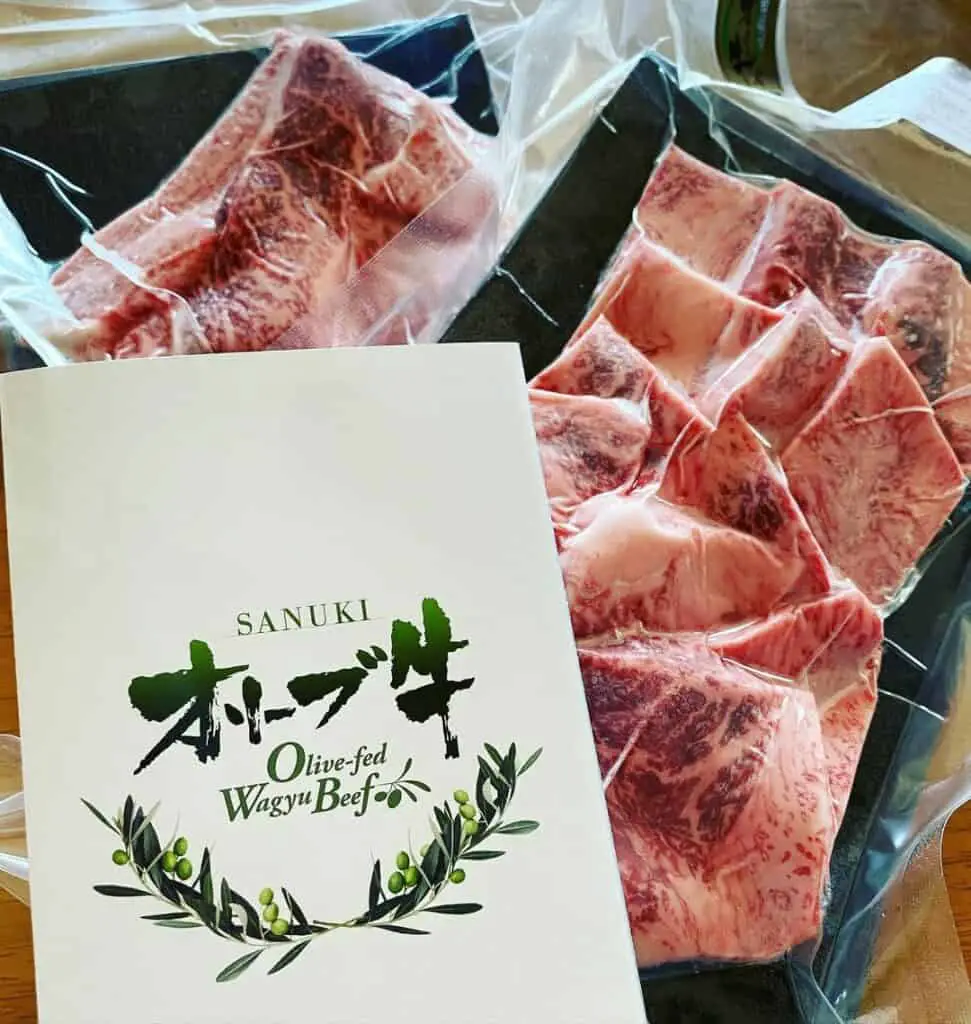
Olive Wagyu is the product of an exclusive breed – the Kuroge Washu. The name comes from the cow’s diet which consists of toasted olive pulp. This gives the beef incredibly high levels of oleic acid, which is one of the good ones.
It also produces a very fine-grained marble which results in a melt in your mouth beef. It is an exceptional quality of Wagyu but it’s not easy to get a hold on.
This is a prized kind of beef but there are only around 2000 cattle in assistance. Even less are harvested each year, about 300. So getting hold of some Olive Wagyu is really, really difficult.
When it does become available for purchase it sells out quickly. This type of Wagyu is so rare that it’s hard to find even inside Japan.
How Do You Know If It’s Real Wagyu?
Imitation is the sincerest form of flattery and Wagyu has its share of imitators. If you want purebred Wagyu, Kobe, or Olive, then you will need to pay a pretty penny for it.
Wagyu is available at a variety of price points and some of them are more modest. If you are going to look for Wagyu then this is what you need to look out for.
Wagyu beef is defined by its marbling. The entire cut should look thoroughly marbled. In fact, the more marbling there is the better quality it will be.
As for the meat, you expect good Wagyu beef to be pinker than the standard beef you would find at the supermarket. Also, there should never be any bones.
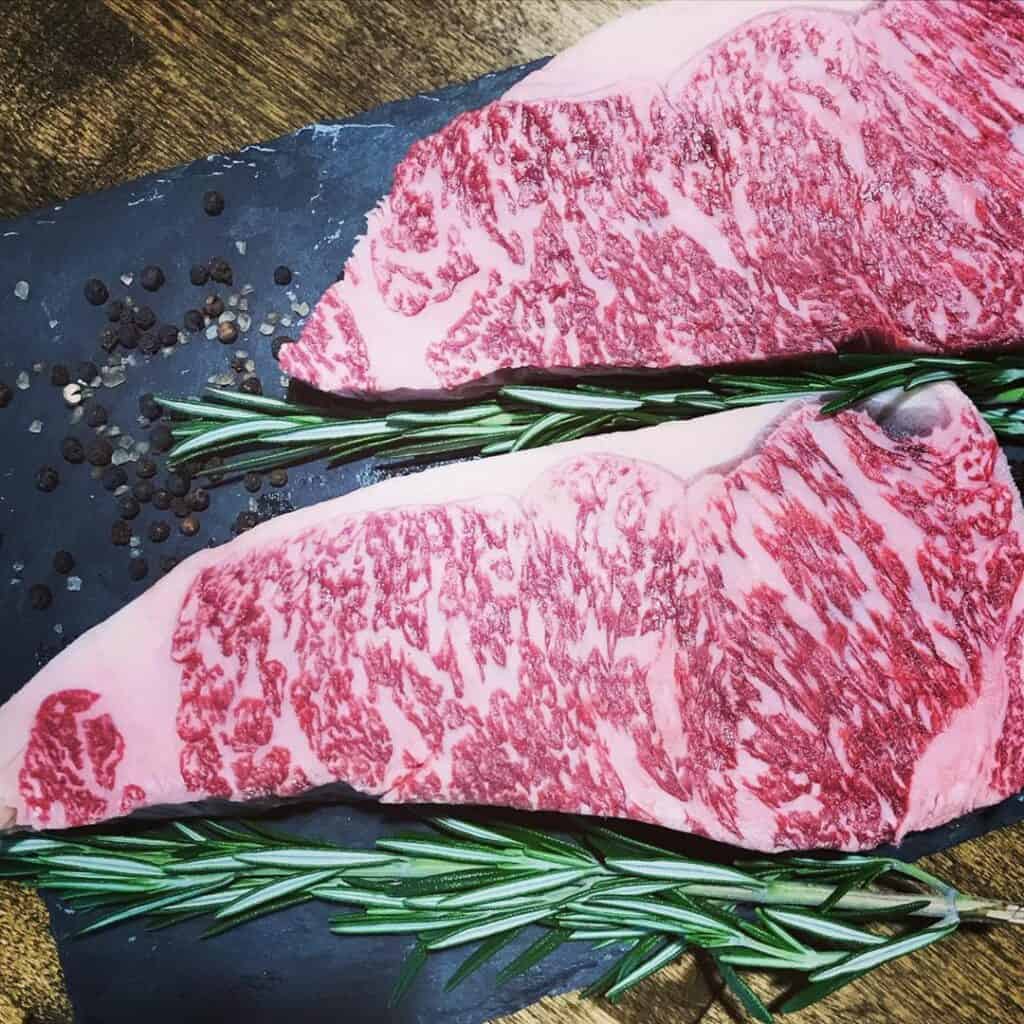
Japanese Wagyu should be fully traceable back to the prefecture the cattle were raised in. Ask your butcher and they should be able to give you the information.
American Wagyu can be sold under just the Wagyu label. It doesn’t have to be purebred. Again, ask your butcher, they should be happy to share this information.
Even if it is crossbred with an Angus, the quality of meat is superior in smell, taste, and feel. American Wagyu can still achieve an A5. However, it will likely only be categorized as prime. If you find Wagyu with a choice or select category, don’t bother with it.
If you come across anywhere outside of Japan trying to sell you Kobe beef it’s probably not true. Either the butcher doesn’t understand the difference (red flag!) or they’re trying to get the better of you.
Once you’ve got your Wagyu steak and you’re happy with the quality of it, there’s only one thing left to do. Eat it! Or freeze your wagyu steak for later!
When you purchase your Wagyu steak be sure to opt for a smaller portion. 4 ounces should be enough as it is very rich compared to classic steak.
If you get American Wagyu then you can go a bit bigger but it’s still a richer flavor.
Bring the steak to room temperature before you start cooking. This ensures the meat is the same temperature throughout before you cook.
Due to the high-fat content Wagyu cooks very quickly. The trick is not burning the outside before the insides are done.
Season it to taste and cook to your normal steak preference. I recommend this medium rare-medium but even well done this is a juicy steak.
Few foods achieve that spine-tingling sensation the first time you try it. Wagyu beef is one of those foods. Once you take your first bite, you won’t forget it any time soon.
Whether you opt for purebred or crossbred, Wagyu is an experience you should try the next time you can.
